Part 3 of 5: Introduction to Wireless Communication (Basics of Channel Assignment)
- Megan
- Latest News
- 0 likes
- 3228 views
- 0 comments
Operating in today’s outdoor wireless environment can be challenging, especially when using non-licensed frequency bands such as 2.4GHz and 5GHz. This is where you, the outdoor wireless operator, need to be conscious of channel spacing as frequency and the available spectrum is fast becoming a scarce commodity, especially in densely populated areas.
Each wireless network receives a centre frequency and channel spacing relates to the size and position of the carrier spectral mask. Having greater channel spacing means less overlap, which means less interference. Overlap in channels is undesirable as it causes interference which in turn cause a higher latency and decreased throughput in your wireless networks.
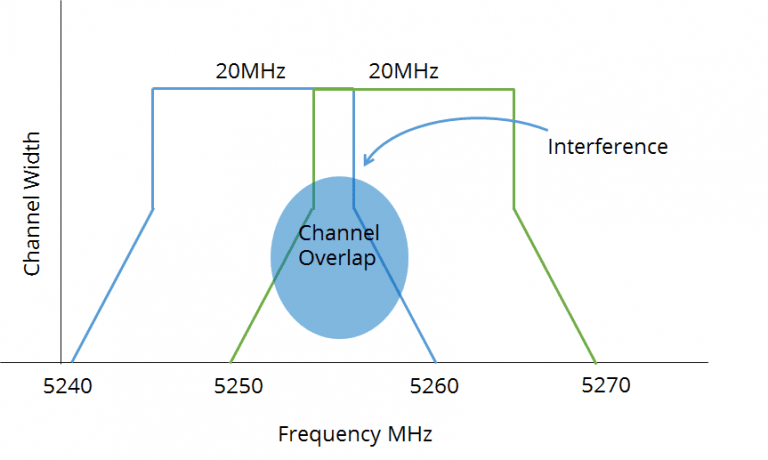
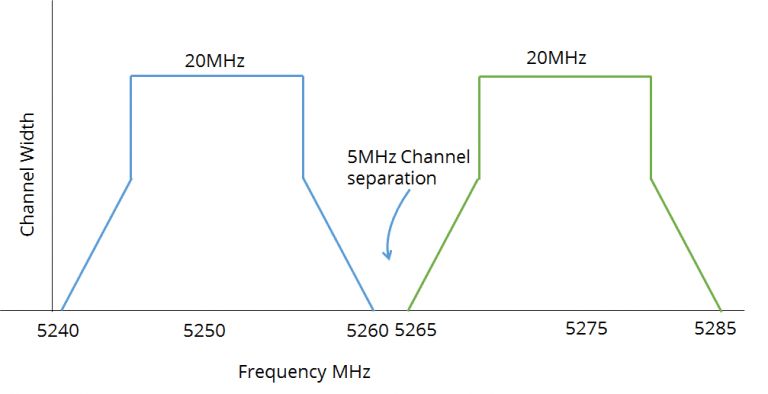
Because most outdoor wireless antennas have a high front-to-back ratio, meaning more of the RF energy is projected forward and less ‘leaking’ towards the back of the antenna, you can place antennas and radios in a back-to-back configuration or setup.
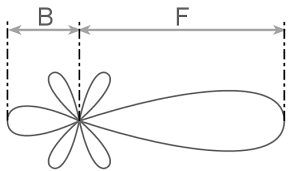
Good practice in outdoor wireless networks is to design your base station that has multiple access points, with a frequency re-use pattern. This is based on the beam-width of the access point antenna, for example – with a 90-degree sector antenna, an ABAB configuration is possible.
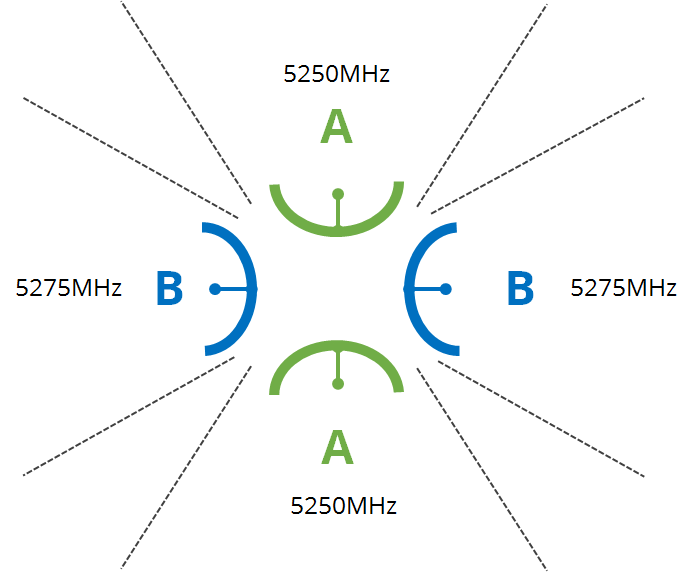
Channel width refers to the size of your channel, for example, either a 10MHz, 20MHz, 40MHz or even 80MHz.
With the larger channel width such as 40MHz and 80MHz, you are able to improve your throughput, however, you Peak Spectral Density is spread across a larger channel and thus means that you have a greater power loss, resulting in a reduction of distance from the 80MHz channel compared to a 20MHz channel. In general, if the distance is required in your outdoor wireless link, opt for smaller channel width like 20MHz and 10MHz. If your distance is not too great and throughput is required, you can opt for the larger channel width such as 40MHz and 80MHz.
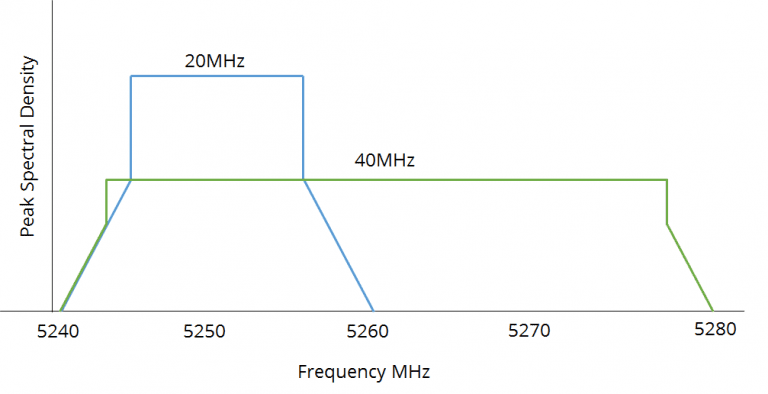
Multicarrier Signal (OFDM)
OFDM or Orthogonal Frequency Division Multiplexing is a frequency-division multiplexing scheme used as a digital multi-carrier modulation method. A large number of closely-spaced orthogonal sub-carrier signals are used to carry data on several parallel data streams or channels.
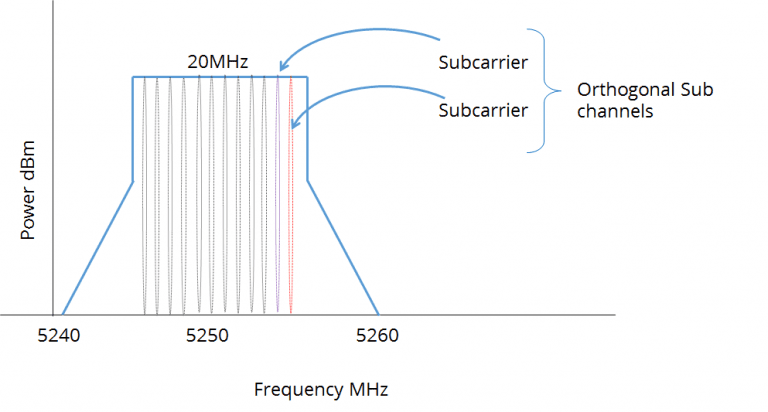
Part 4 of this series will focus on antennas, antenna gain, radiation patterns and polar plots.


Comments
View Comments